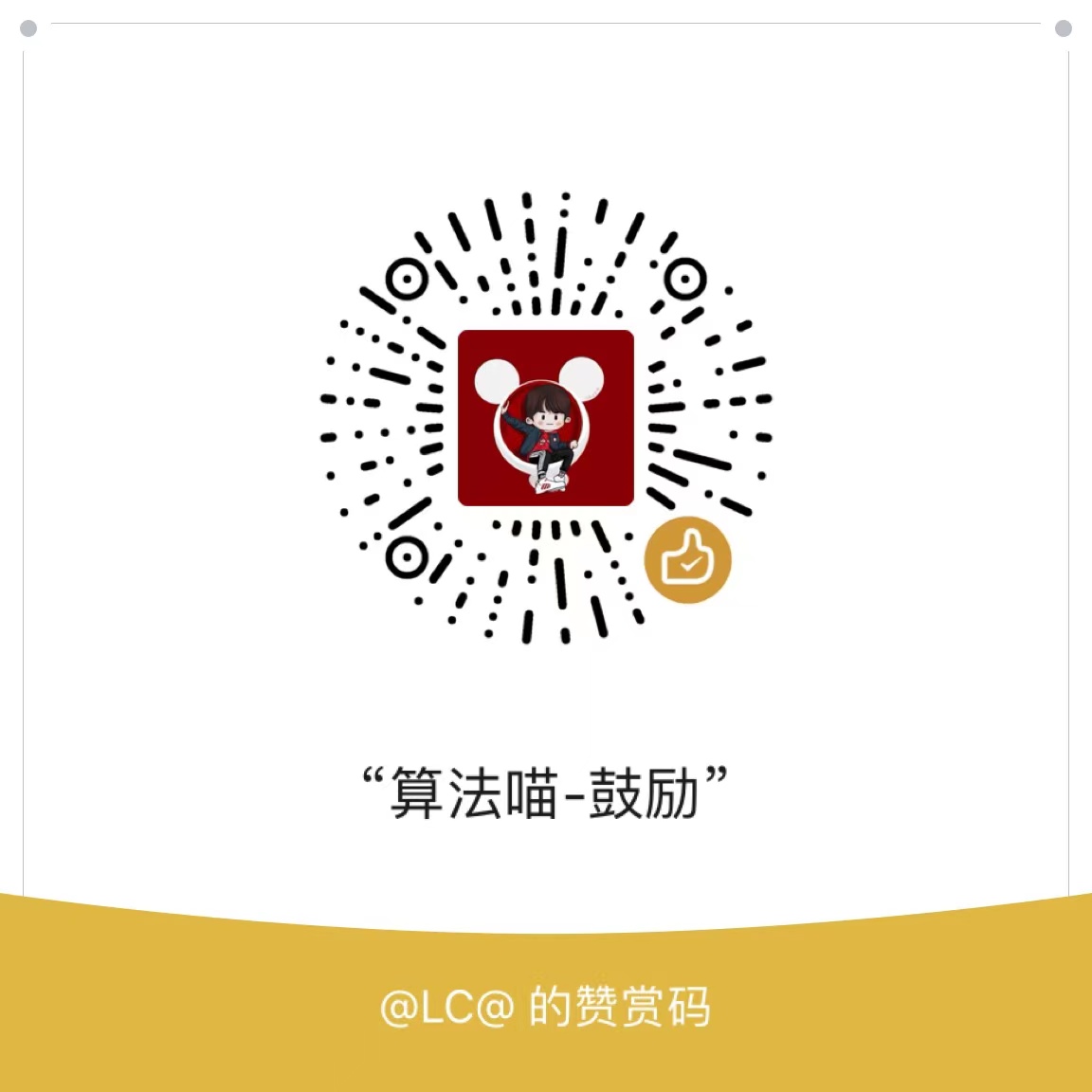共计 953 个字符,预计需要花费 3 分钟才能阅读完成。
上一篇文章使用最大信息系数筛选特征,本篇使用递归消除法筛选特征。
递归消除法,首先递归肯定是要循环执行多次来筛选特征,原理上首先要指定一个基模型,这个模型可以是lr或者decisionTree都可以,套用sklearn官方的说法
First, the estimator is trained on the initial set of features and the importance of each feature is obtained either through a coef_ attribute or through a feature_importances_ attribute.
这个基模型需要一个coef_属性,这个属性是用来描述特征的权重也就是其重要性,这样在每一轮训练过程中消除掉一些权重较小的特征直至训练结束,这就诠释了递归消除法
sklearn函数剖析
from sklearn.feature_selection import RFE
from sklearn.linear_model import LogisticRegression
#递归特征消除法,返回特征选择后的数据
#参数estimator为基模型
#参数n_features_to_select为选择的特征个数
RFE(estimator=LogisticRegression(), n_features_to_select=2).fit_transform(iris.data, iris.target)输出
array([[ 3.5, 0.2],
[ 3. , 0.2],
[ 3.2, 0.2],
[ 3.1, 0.2],
[ 3.6, 0.2],
[ 3.9, 0.4],这种基模型处理lr之外还可以是其他模型,只要满足之前描述的要求即可
from sklearn.svm import SVC
svc = SVC(kernel="linear", C=1)
RFE(estimator=svc, n_features_to_select=2).fit_transform(irisdata.data, irisdata.target)输出
array([[ 1.4, 0.2],
[ 1.4, 0.2],
[ 1.3, 0.2],
[ 1.5, 0.2],
[ 1.4, 0.2],
[ 1.7, 0.4],
[ 1.4, 0.3],
[ 1.5, 0.2],
[ 1.4, 0.2],正文完
请博主喝杯咖啡吧!


